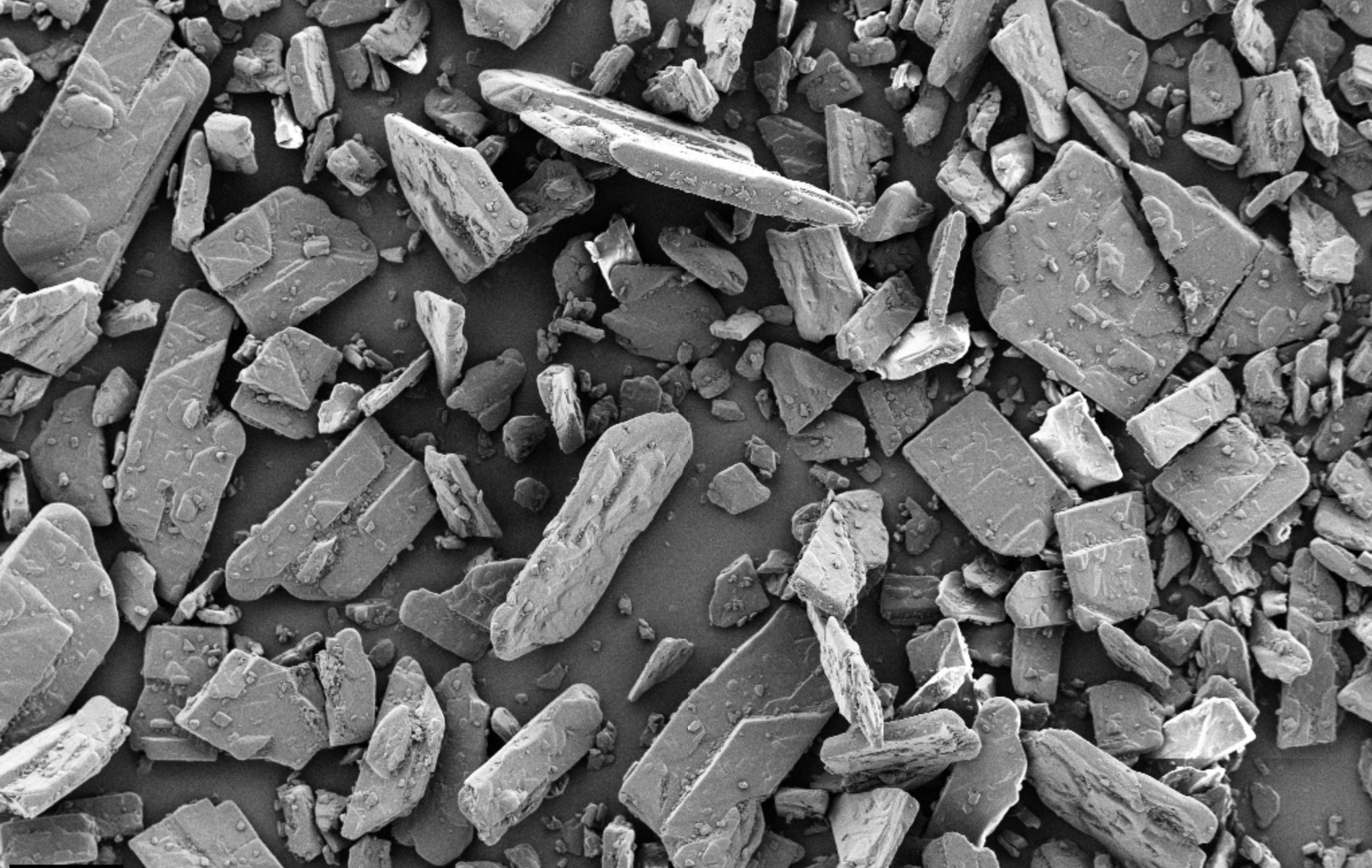
Using 3D-ccDLS measurements and the CONTIN and CORENN methods, has allowed us, to determine the rotational and translational diffusion coefficients for gold nanoparticles (spheres and rods, aspect ratios varying from 1 to 5.6), and to calculate the corresponding hydrodynamic radii. DLS Measurement of Rotational and Translational Contributions in Particle Motions: Nanorods Recently, we have used the CORENN method to analyse the motion of gold nanoparticles and gold nanorods, as well as the one of model proteins (BSA) and their interaction with nanoparticles. In particular, the standard deviation of the noise of the cross-correlation function is estimated from the experiment and used in the algorithm to weight data points depending on their reliability as assessed by the noise estimation itself. According to the developer LS Instruments, Fribourg, FR, Switzerland, this algorithm uses a similar approach as the CONTIN algorithm and uses for the solution of the non-linear inverse integral a novel robust and fast theoretical estimate of the correlation function noise to remove noisy data.
#Dynamic light scattering size distribution by number free#
The acronym CORENN stands for COstrain weighted, Regularized Non-linNear, least-squares fit with free baseline for the integral inversion. A very recent algorithm, which is based on a machine learning approach in order to circumvent those drawbacks of the CONTIN algorithm, is provided by the CORENN method, which has been developed and implemented by LS Instruments. Methods have thus been developed to improve its performance.

For polydisperse particle distributions, the CONTIN algorithm is performant and widely used, however, it has also limitations, as it is e.g., known to be sensitive to signal noise at large lag times, and can in some cases also lead to phantom peaks. A comparative study of several algorithms has recently been performed showing the non-equivalence between methods as well as the robustness of the Cumulants method. The CONTIN algorithm is a widely used example. Therefore, further algorithms exist to take into account a composition of several decay time scales in the analysis of the autocorrelation function.

These technical advances on the experimental and on the analysis side provide thus timely tools, to address the investigation of nanoparticle interactions with complex fluids, such as biofluids even at high concentration.

Considerable advances were made by the introduction and development of modulated 3D-cross correlation dynamic light scattering (3D-ccDLS), which allows to perform DLS experiments even in turbid samples, as well as in the development of algorithms for the analysis of hydrodynamic radii from the optical data that are recorded in DLS measurements also in the case of polydisperse particle distributions, e.g. The technique is widely used in research, and still generally associated to the need of dilution to low concentrations, and lengthy tests for obtaining results that can be reliably compared. Dynamic light scattering (DLS) is widely used for the study of nanoparticles, colloidal particles, for the study of proteins, as well as for the field of nanoparticle suspensions, such as nanoparticle inks.


 0 kommentar(er)
0 kommentar(er)
